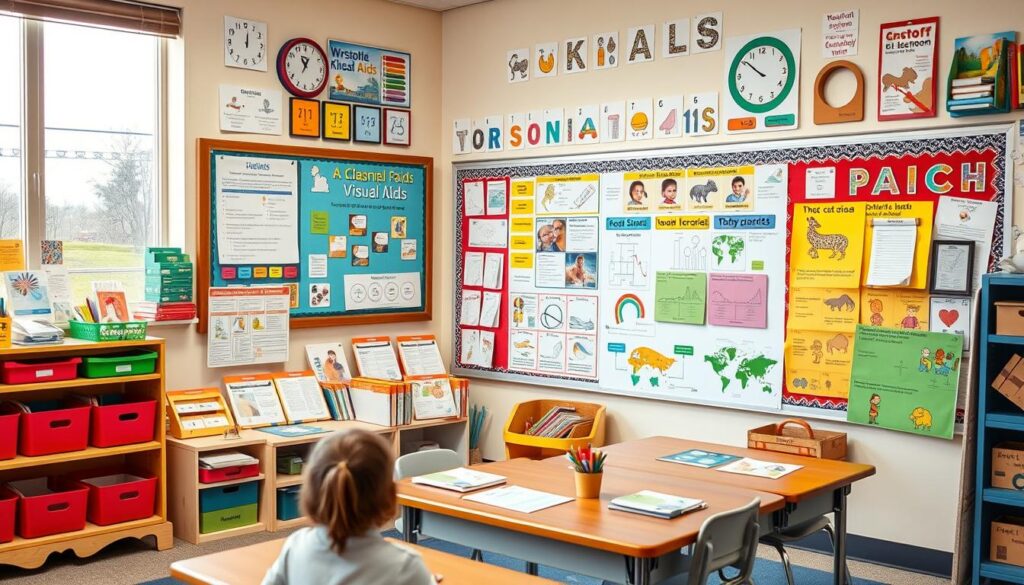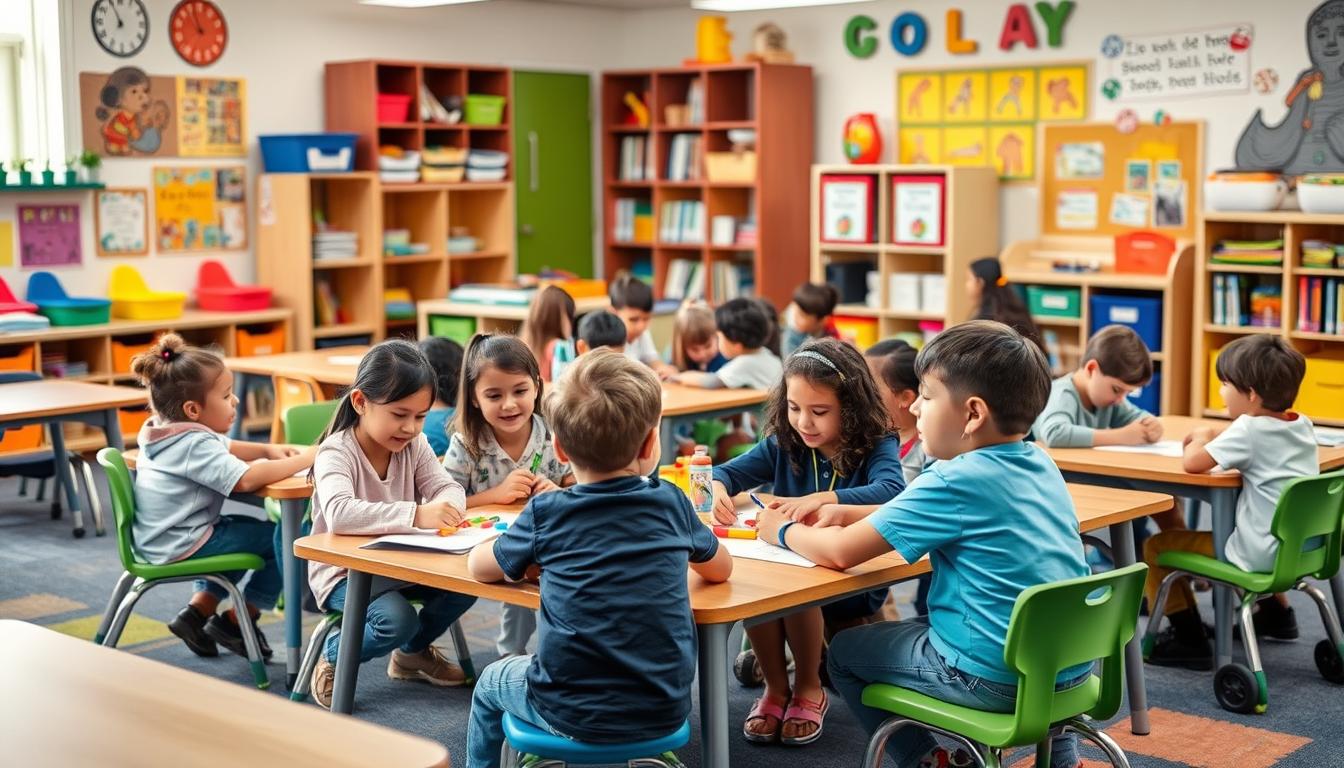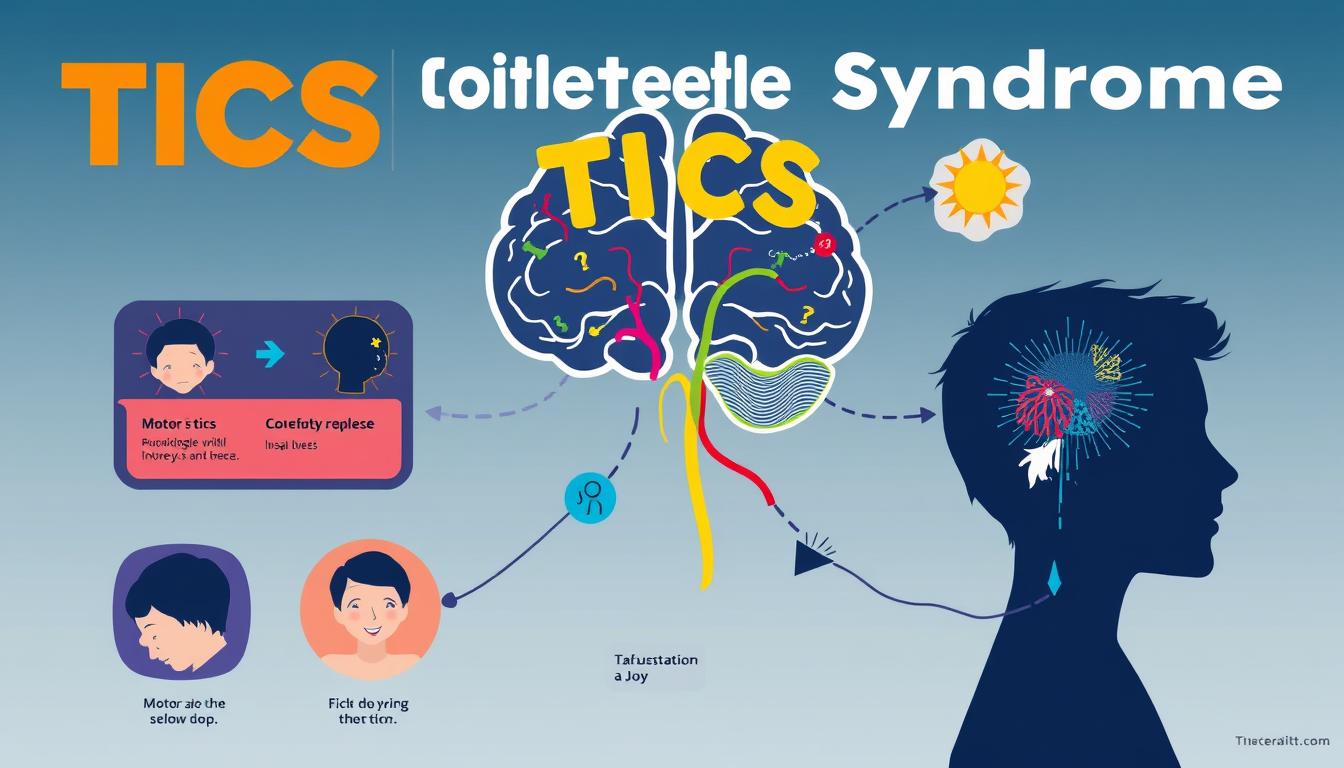Supporting kids with learning disabilities is a rewarding journey. These children have special strengths and challenges. They need personalized help to reach their full potential.
We will look at ways to communicate better, teach more effectively, and create a supportive space. This will help kids with learning disabilities succeed at home and in school.
Key Takeaways
- Understand the diverse types of learning disabilities and their common signs and symptoms
- Develop effective communication strategies to foster understanding and build trust
- Create a structured, organized learning environment that caters to individual needs
- Incorporate multisensory teaching methods to enhance learning experiences
- Establish a strong support network to provide holistic, collaborative care
Understanding Learning Disabilities: Types and Common Challenges
Learning disabilities are complex conditions that affect how we process and remember information. As educators or parents, knowing about different learning disabilities is key. It helps us teach neurodiverse children better and make classrooms more inclusive.
Different Types of Learning Disabilities
Common learning disabilities include dyslexia, dyscalculia, and ADHD. Dyslexia makes reading, writing, and spelling hard. Dyscalculia affects how people understand and work with numbers. ADHD causes trouble with focus, staying still, and controlling impulses.
Signs and Symptoms to Watch For
- Difficulties with reading comprehension or fluency
- Challenges in solving mathematical problems
- Struggles with organization, time management, and following instructions
- Inconsistent academic performance
- Fidgeting, hyperactivity, or difficulty sitting still
Impact on Daily Life and Education
Children with learning disabilities face big challenges every day. They might find it hard to finish tasks, take notes, or join in class. They also might feel sad, anxious, or frustrated, which can hurt their happiness and school success.
Knowing about learning disabilities helps us talk better, create welcoming classrooms, and support these kids. This way, they can do well in school and feel good about themselves.
Effective Communication Strategies for Children with Learning Disabilities
Effective communication is key when working with kids who have learning disabilities. Using multisensory learning and visual aids can make learning fun and supportive. This helps your child on their educational journey.
Using clear and simple language is important. Break down big ideas into smaller parts. This makes it easier for your child to understand. Use pictures or diagrams to help them remember important points.
- Speak slowly and use simple, straightforward language
- Repeat instructions and encourage your child to rephrase them to ensure understanding
- Provide written or visual aids to complement verbal explanations
Positive reinforcement is also very helpful. Celebrate small victories and encourage your child. This boosts their confidence and keeps them motivated.
“Effective communication is not just about what you say, but how you say it. By tailoring your approach to the unique needs of your child, you can create a more supportive and responsive learning environment.”
Active listening is also crucial. Let your child share their thoughts and feelings. Showing genuine interest and patience helps you understand their needs better.

Every child is unique, and what works for one might not work for another. Stay flexible and try different strategies. Find what works best for your child’s learning style and needs.
Creating a Supportive Learning Environment at Home and School
Creating a nurturing and inclusive environment is key for kids with learning disabilities. Working together at home and school helps build a strong support system. This empowers students and sets them up for success. Let’s look at some practical ways to create the best learning environment.
Setting Up an Organized Study Space
A well-organized study area is crucial for students with learning disabilities. Make a quiet, distraction-free spot in your home that meets your child’s needs. Use assistive technologies like text-to-speech software or noise-cancelling headphones to improve their learning.
Establishing Consistent Routines
Consistency and predictability are very helpful for kids with learning disabilities. Create a daily routine with set times for homework, breaks, and fun activities. This helps reduce anxiety and improves focus, making them feel secure and stable.
Building a Support Network
Working together is essential for an inclusive classroom. Talk regularly with your child’s teachers about their progress, challenges, and support strategies. Also, work with occupational therapists, speech-language pathologists, and other experts for specialized help and strategies.
By creating a supportive learning environment at home and school, you empower kids with learning disabilities. With the right tools, resources, and support, they can thrive and achieve great success.

Multisensory Learning Approaches and Teaching Methods
Using multisensory learning can change the game for kids with learning disabilities. It involves using sight, sound, and touch to make learning more engaging. Adding visual aids, audio materials, and hands-on activities helps solidify new ideas.
Assistive technologies have also changed how kids with learning disabilities learn. Tools like text-to-speech software and digital learning platforms help them. There are many educational apps, software, and devices that support neurodiverse learners.
Every child is different, so trying out various teaching methods is key. Being flexible, patient, and focused on their needs can help them reach their full potential. This approach can help them succeed in school and beyond.



